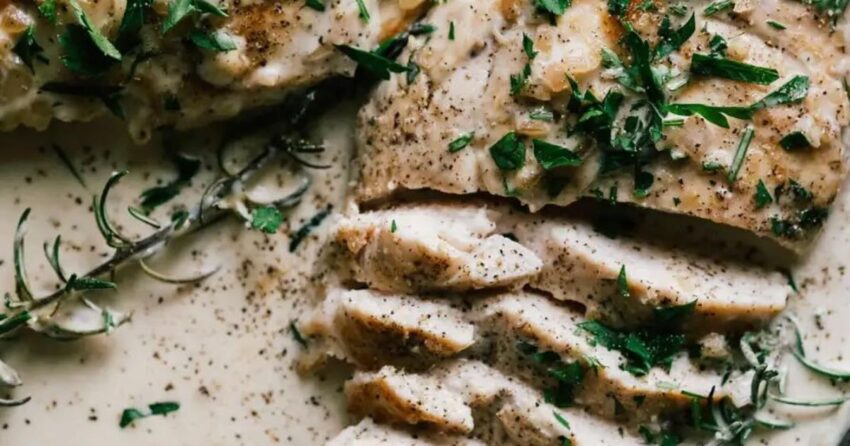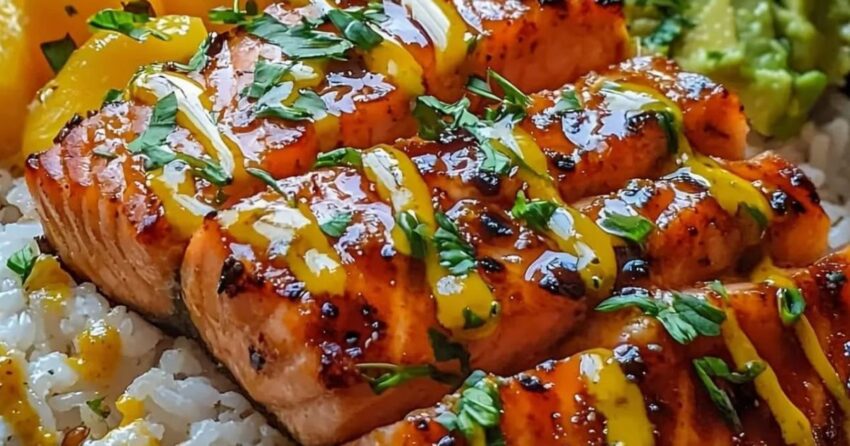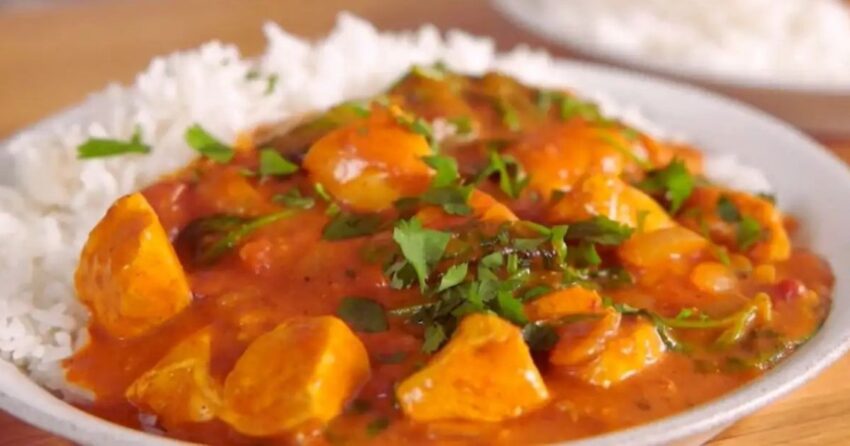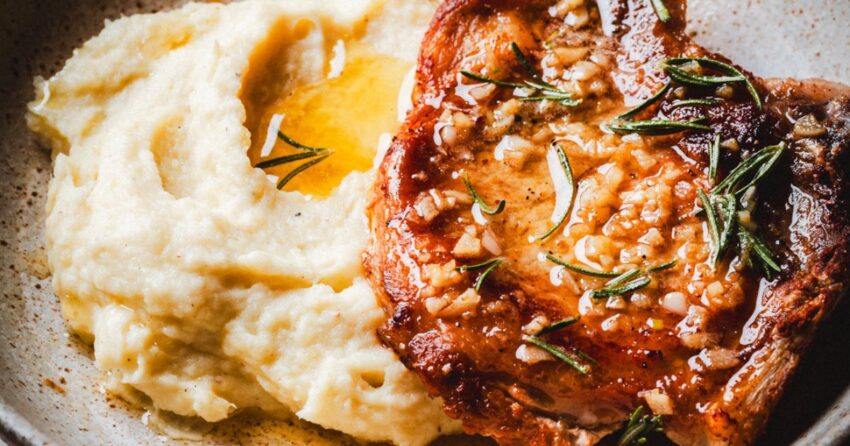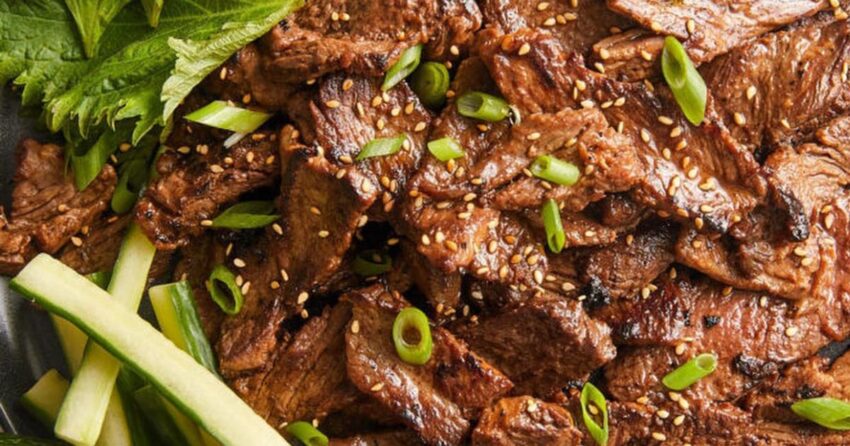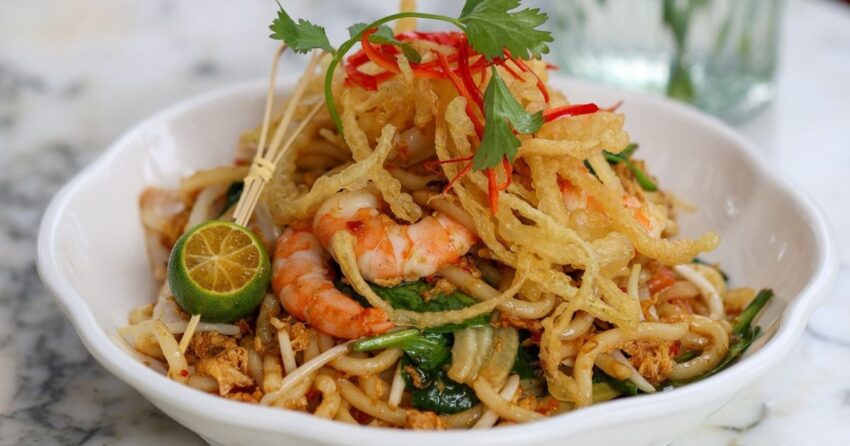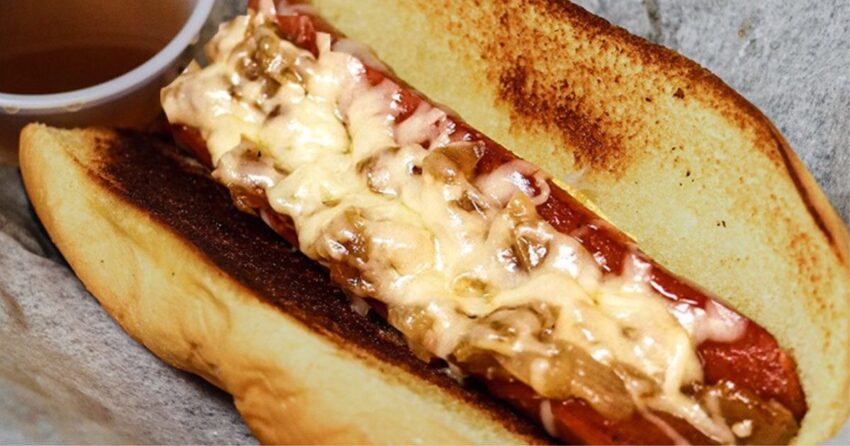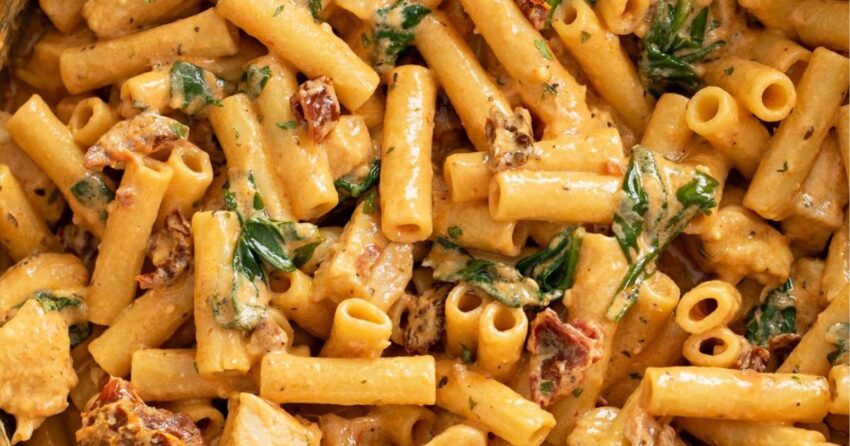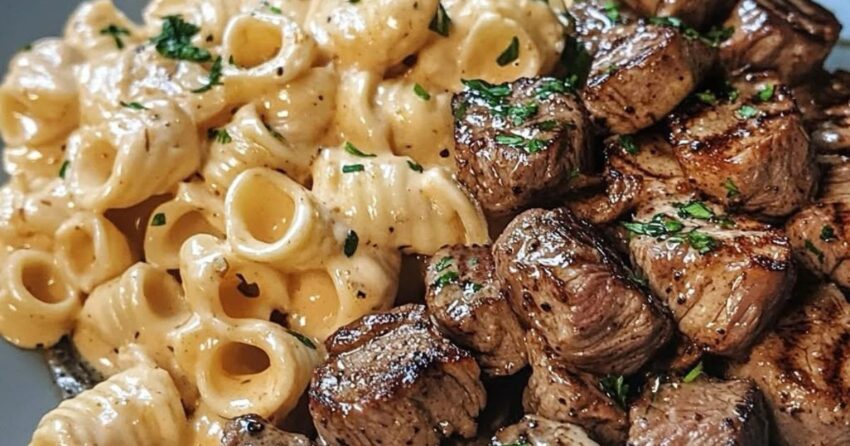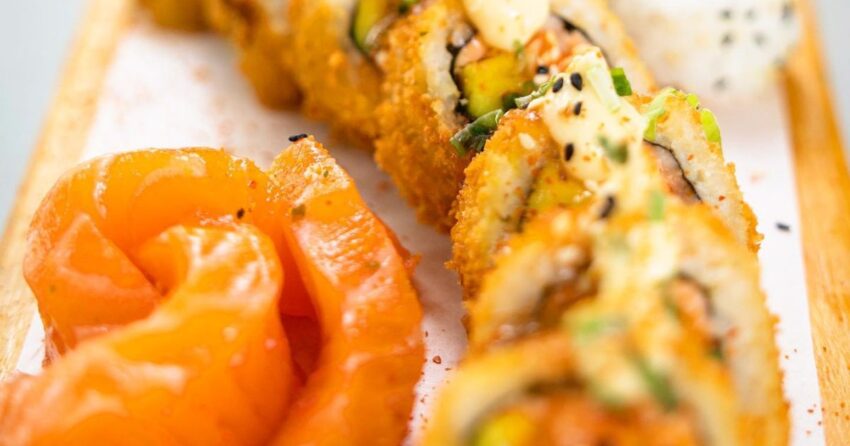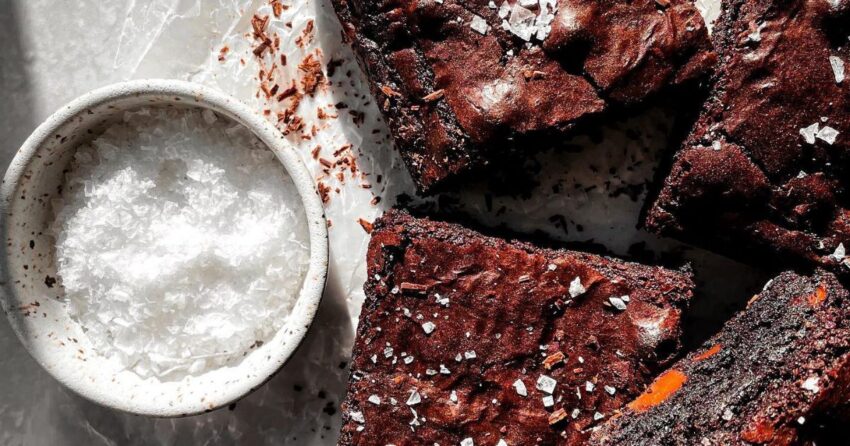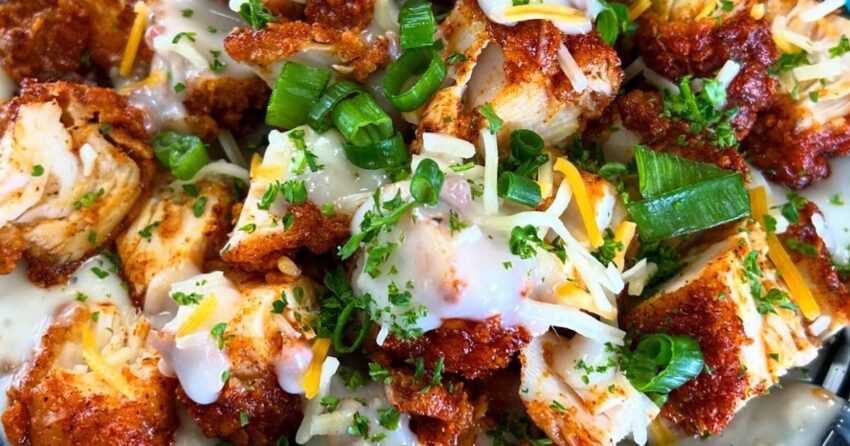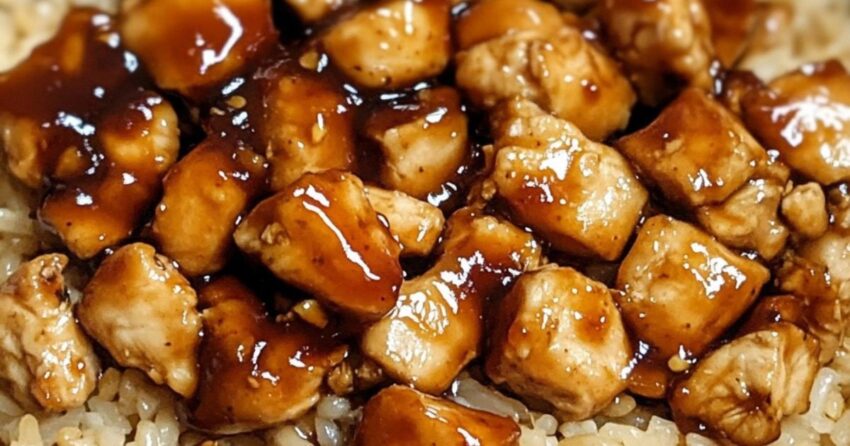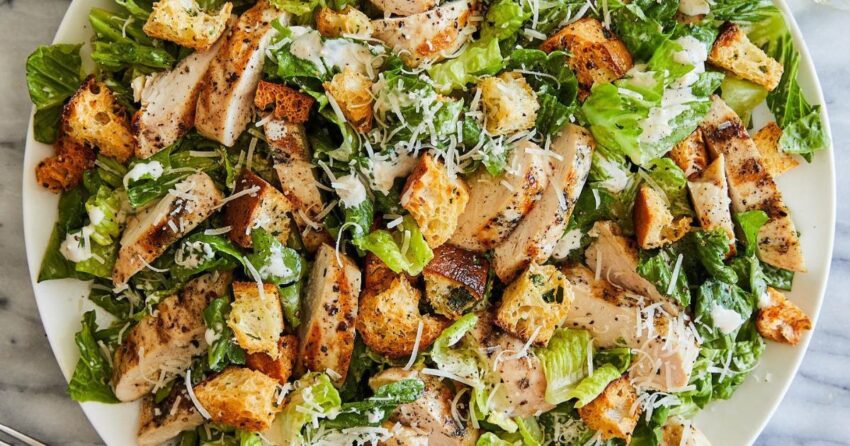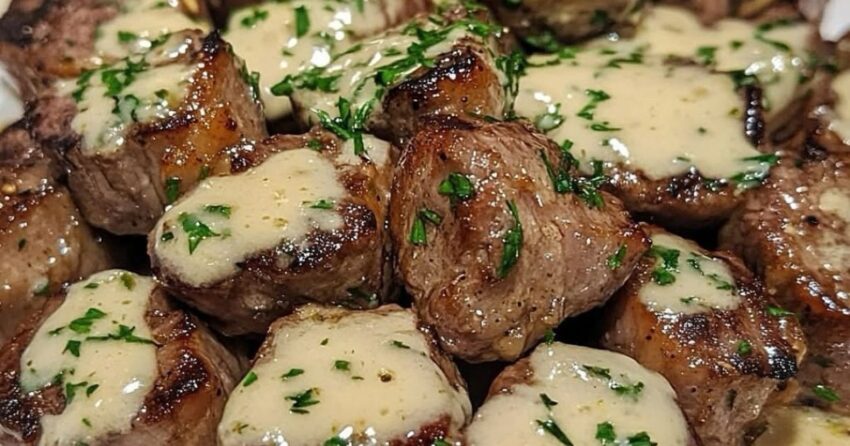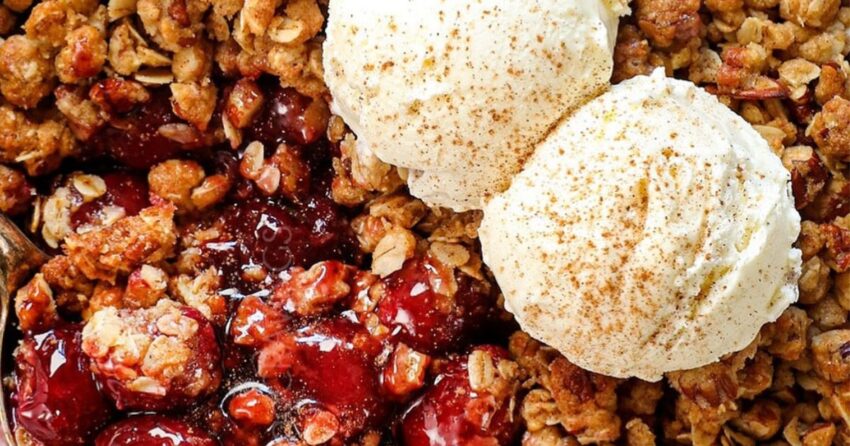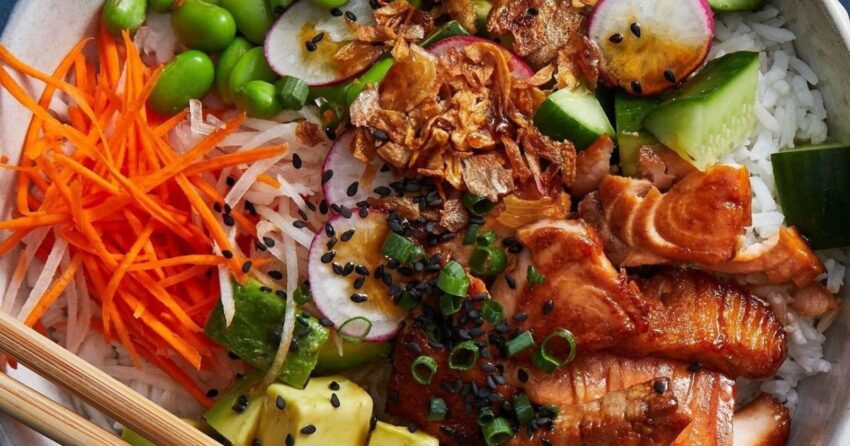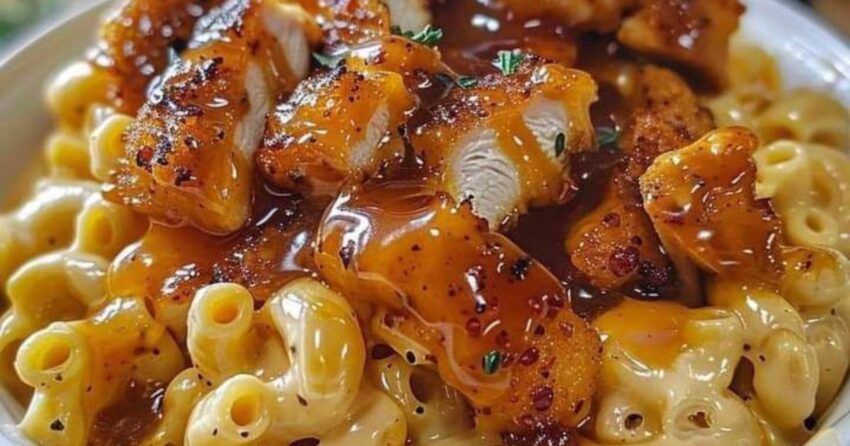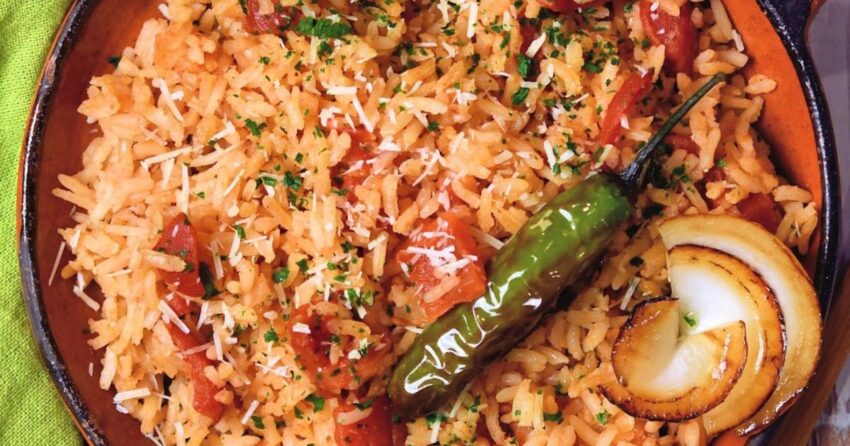Looking for a quick, healthy, and mouthwatering dinner idea? The Delicious Rosemary Dijon Chicken Recipe is your answer. This dish combines tender chicken breasts with the bold flavors of Dijon mustard, fresh rosemary, garlic, and a hint of honey for a perfectly balanced meal that’s both elegant and easy to make. Whether you’re cooking for…
Spicy Maple Chicken & Coconut Rice Recipe
Looking for a dinner that’s bold, satisfying, and simple to make? The Spicy Maple Chicken & Coconut Rice Recipe delivers all that and more. This flavorful dish combines tender chicken breasts marinated in a sweet and fiery maple-sriracha glaze with creamy, fragrant coconut rice. It’s a perfect balance of heat and harmony that transforms basic…
Fiery Chicken Ramen with Creamy Garlic Sauce Recipe
If you love bold flavors, creamy textures, and a spicy kick that warms you from the inside out, then the Fiery Chicken Ramen with Creamy Garlic Sauce Recipe is exactly what your dinner menu needs. This rich, satisfying dish brings together tender chicken, perfectly cooked ramen noodles, and a luxuriously smooth garlic sauce that balances…
Churu Chicken Amarillo Recipe
Imagine a dish that’s rich, creamy, and packed with bold flavor—spicy enough to excite your taste buds but balanced enough to enjoy with the whole family. That’s exactly what you get with the Churu Chicken Amarillo recipe: a vibrant Peruvian-inspired meal that brings the warmth of South American cuisine straight to your kitchen. The star…
Garlic Butter Pan Seared Pork Chops Recipe
If you’re looking for a quick, flavorful, and satisfying dinner, a garlic butter pan seared pork chops recipe is one of the best choices you can make. This dish features juicy, tender pork chops cooked to perfection with a rich, aromatic garlic butter sauce that elevates the flavor with every bite. Whether you’re cooking for…
Easy Bulgogi Recipe A Simple Guide
If you’ve ever wanted to try making Korean food at home, this easy bulgogi recipe is the perfect place to start. Bulgogi—pronounced “bool-goh-gee”—means “fire meat” and refers to a classic Korean dish made with thinly sliced beef marinated in a sweet, savory, and slightly nutty sauce, then grilled to perfection. It’s tender, juicy, and packed…
Szechuan Shrimp Noodles Recipe For Dinner
If you’re craving a dinner that’s bold, spicy, and full of authentic Chinese flavor, then a Szechuan Shrimp Noodles recipe is exactly what you need. This dish brings together tender shrimp, springy egg noodles, and a fiery Szechuan sauce infused with garlic, ginger, and the signature tingle of Szechuan peppercorns. Inspired by the bustling street…
French Onion Hot Dogs Recipe
Imagine biting into a hot dog that’s anything but ordinary—where sweet, golden onions melt into nutty Gruyère cheese, all nestled in a buttery brioche bun with a creamy, tangy sauce. This is the magic of the French onion hot dogs recipe, a dish that transforms a backyard classic into a restaurant-worthy meal. Inspired by the…
Creamy Marry Me Chicken Pasta Recipe
If you’re looking for a comforting, restaurant-quality meal that’s easy to make at home, the Creamy Marry Me Chicken Pasta Recipe is a top choice. This dish features tender chicken, al dente penne, and a rich, velvety sauce made with parmesan, sun-dried tomatoes, and aromatic herbs. Known for its bold flavors and luxurious texture, this…
Garlic Butter Steak Bites & Loaded Cheddar Alfredo Shells Recipe
A dish that brings the rich, savory taste of a high-end steakhouse straight to your kitchen table—without the wait or the price tag. That’s exactly what you get with this Garlic Butter Steak Bites & Loaded Cheddar Alfredo Shells Recipe. Tender cubes of steak seared in golden garlic butter, paired with plump pasta shells drenched…
California Crunch Roll Sushi Recipe
If you love sushi but crave something with more texture and flavor, the California Crunch Roll Sushi Recipe is your perfect match. This modern twist on the classic California Roll adds a satisfying layer of crispy tempura flakes and a creamy drizzle of spicy mayo, turning a familiar favorite into a bold, restaurant-worthy roll. Loved…
Brownies Recipe: How to Make Rich, Fudgy Brownies at Home
There’s something magical about a perfect brownie—crackly top, soft center, and rich chocolate flavor that melts in your mouth. Whether you’re baking for a family dessert night, a school bake sale, or just treating yourself, a homemade brownies recipe is a timeless favorite. Unlike store-bought versions, making brownies from scratch lets you control the ingredients,…
Chicken Mashed Potato Bowls Recipe: A Comforting, Easy Meal for Any Night
Looking for a warm, satisfying meal that’s simple to make and packed with flavor? The chicken mashed potato bowls recipe is a hearty, one-dish wonder that combines tender chicken, creamy mashed potatoes, and your favorite toppings into a comforting bowl perfect for busy weeknights or cozy weekends. This dish brings together classic comfort food favorites…
One-Pan Bold Honey BBQ Chicken Rice Recipe
Dinner doesn’t have to be complicated to be delicious. The One-Pan Bold Honey BBQ Chicken Rice Recipe is a simple, satisfying meal that brings together juicy chicken, fluffy rice, and colorful vegetables—all cooked in a single skillet. This dish uses a sweet and tangy honey BBQ sauce to create bold flavor with minimal effort. Perfect…
Grilled Chicken Caesar Salad Recipe
Imagine a meal that’s quick to make, packed with flavor, and healthy enough to feel good about eating—yet tastes so satisfying you’ll want seconds. That’s exactly what a Grilled Chicken Caesar Salad Recipe delivers. This modern twist on the classic Caesar salad combines tender, smoky grilled chicken with crisp romaine lettuce, creamy homemade dressing, and…
Creamy Garlic Beef Recipe
Creamy Garlic Beef is a rich, savory dish that combines tender slices of beef with a luxurious garlic-infused cream sauce. Loved for its bold flavor and comforting texture, this dish has become a favorite in home kitchens and upscale restaurants alike. Whether you’re cooking for a family dinner or impressing guests, creamy garlic beef delivers…
Easy Cherry Crisp Recipe
There’s something deeply comforting about a warm, bubbling cherry crisp fresh from the oven. A cherry crisp recipe is a classic dessert that combines sweet-tart cherries with a golden, crunchy topping for a treat that’s simple to make and impossible to resist. Whether you’re using fresh or frozen cherries, this dessert comes together in under…
Teriyaki Salmon Recipe for Dinner
Looking for a dinner that’s both delicious and simple to make? An easy teriyaki salmon recipe for dinner is your answer. This dish combines tender, flaky salmon with a glossy, sweet-savory teriyaki glaze that’s bursting with flavor. It’s a restaurant-quality meal you can make right at home—no fancy skills required. Whether you’re cooking for your…
Creamy Honey Pepper Chicken Mac and Cheese Recipe
If you’re searching for a comfort dish that brings together rich, creamy cheese and a bold sweet-and-spicy kick, the Creamy Honey Pepper Chicken Mac and Cheese Recipe is exactly what you need. This modern twist on a classic favorite combines tender elbow macaroni, a velvety cheese sauce made with mozzarella and sharp cheddar, and juicy…
Spanish Rice Recipe: A Flavorful, Easy-to-Make Side Dish You’ll Love
If you’ve ever taken a bite of warm, golden Spanish rice and wondered how something so simple could taste so rich and satisfying, you’re not alone. A Spanish rice recipe is more than just a side dish—it’s a staple in Latin-inspired kitchens, known for its vibrant color, savory depth, and comforting texture. Made with tomatoes,…
